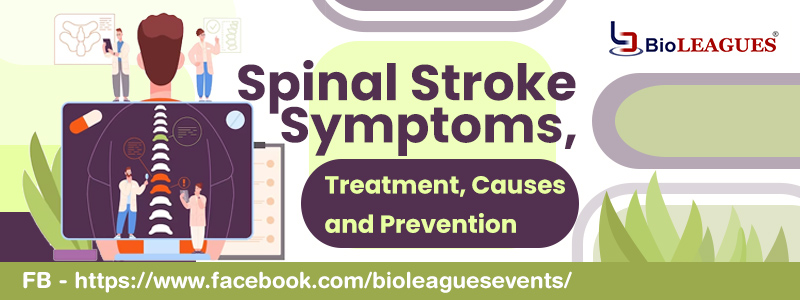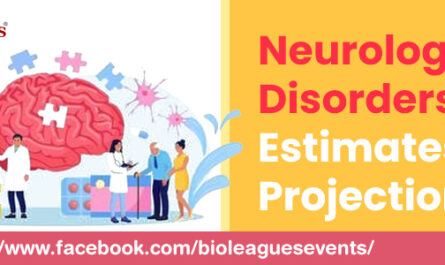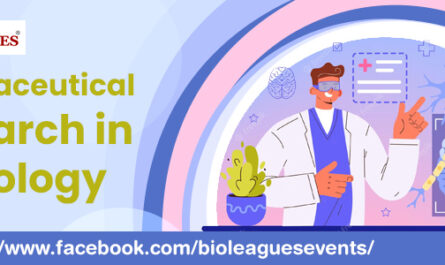Spinal Strokes caused by embolism often take place during the daytime. Headaches are usually the initial symptom. Strokes that are generated by a blood clot in a restricted artery usually occur during the night-time and are first observed after awakening. A lot of different symptoms can be noticed, depending on which artery is blocked and, as a result, the part of the brain that is bereaved of blood and oxygen supply.
Types of Spinal Stroke
There are two types of strokes –
- Ischemic strokes and
- Hemorrhagic strokes.
A Spinal Stoke can be either –
- Spinal Osteoarthritis,
- Degenerative Disc Disease,
- Spondylolisthesis,
- Degenerative Scoliosis,
- Bone Spurs,
- Foraminal Stenosis,
- Pinched Nerves, or
- Sciatica.
Ischemic Strokes
The overwhelming majority of all strokes (roughly eighty percent of them) are ischemic – usually caused by a blocked artery, which is often blocked by a blood clot. Brain cells, deprived of their blood supply, do not receive enough oxygen and glucose (a sugar), which are carried by the blood. The resulting damage depends on how long the brain cells are deprived of blood. If they are only deprived for a short time, brain cells are stressed, but they can recover. If brain cells are deprived for longer, brain cells die, and some functions can be lost, sometimes permanently.
The speed with which brain cells are terminated after being bereaved of blood fluctuates. These cells die within a few minutes in some areas of the brain, but not before thirty minutes or more in other regions. In the vast majority of cases, subsequent to the brain cells dying, an entirely new locality of the brain may begin to start performing functions that were earlier undertaken by the damaged region.
- TIAs
Transient ischemic attacks (TIAs), sometimes called mini-strokes, are often an early warning sign of an impending ischemic stroke. They are caused by a brief interruption in the supply of blood to part of the brain. Owing to the fact that the blood supply is restored swiftly, the brain tissue often is not entirely terminated, as it does in a stroke and brain function returns quickly.
Hemorrhagic Strokes
The remaining twenty Spinal Strokes are hemorrhagic – caused by bleeding within the vicinity of the brain. As far as this variety of strokes goes, a blood vessel ruptures, interfering with normal blood flow and allowing blood to seep either directly into brain tissue or around the vicinity of the brain. Blood that comes into close contact with brain tissue disturbs the tissue and, over a period of time, can result in scar tissue forming in the brain, and sometimes also leading to seizures.
Register for these Neurology Conferences 2025 to learn more about the different types of strokes.
Spinal Stoke Symptoms
Usually, the Spinal Stroke symptoms of an ischemic stroke come on suddenly and are often more severe within minutes of their onset because most ischemic strokes start suddenly, develop quickly, and cause brain tissue to die within minutes to a few hours. Then, most hits become stable, causing little to no additional damage. Those strokes that remain stable for two to three days are called completed strokes. A sudden blockage from an embolism is most likely to cause this type of stroke.
In about ten to fifteen percent of strokes, damage continues to occur, and symptoms continue to worsen for up to two days as an area of ever-increasing brain tissue dies. Such traits are called evolutionary traits. In some people, symptoms affect one arm and subsequently proceed to spread to other regions within the same vicinity of the body. The development of symptoms and damage usually occurs in stages, interrupted by somewhat stable periods. During these times, the area temporarily stops enlarging, or an improvement occurs. Such strokes are normally caused by blood clots in a narrowed artery. Participating in Neurology Meetings will help you understand these Spinal Stroke Symptoms and Treatment Options.
When the arteries that have their origins in the internal carotid artery (which carries blood all along the front side of the neck up to the brain) are affected, the following are most noticeable –
- Blindness In One Eye
The loss of vision on the same side of both eyes (on the left or right side of both eyes). This Neurology Symposium will shed light on this phenomenon.
- Abnormal Sensations
Unusual sensations, weakness, or paralysis in an arm or leg or on one side of the body.
When the arteries originating from the vertebral arteries (which carry blood from the back of the neck up to the brain) are blocked, the following Spinal Stroke symptoms are most noticeable –
- Giddiness & Vertigo
The entire loss of vision or double vision in both eyes.
- Weakness
Overall weakness on one or both sides of the entire body.
Numerous other symptoms, such as speech impairment (for instance, slurred speech), impaired consciousness (such as confusion), loss of coordination, and urinary incontinence, may also be noticed.
Spinal Stoke Treatment
All possible treatment options aim at treating the cause of the stroke and reduce symptoms. These options include –
- Treating a blood clot by prescribing medicines called antiplatelet drugs and blood thinners, such as aspirin and warfarin (Coumadin). These medicines reduce the risk of an additional clot occurring.
- Treating high blood pressure by prescribing medicine that lowers blood pressure.
- Treating high cholesterol by prescribing medicine to lower blood pressure, such as a statin.
- For patients that become paralyzed or lose sensation in parts of their body, they may need physical and occupational therapy to keep their muscles functioning.
- For patients that have urinary incontinence, they may need to use a urinary catheter.
- If the stroke was caused by a tumor, corticosteroids are used to reduce the swelling. The tumor will be removed surgically.
- For patients who smoke, they will probably be asked to stop. Help to improve their blood pressure and cholesterol levels, they should also eat a balanced and healthy diet rich in green vegetables, fruits, and whole grains.
Spinal Stoke Causes & Prevention
The majority of strokes (which are the most prevalent of all Neurological Disorders) occur due to changes in the shape of the blood vessels. For instance, the walls of blood vessels can thicken, which will cause the vessels to narrow. This can sometimes be due to natural aging.
Nevertheless, specific factors increase the likelihood of this happening, including –
- high cholesterol
- arterial hypertension
- heart disease or a history it in the family
- obesity
- Diabetes
- smoking
- excessive consumption of alcohol
- Not exercising.
Every one of these factors puts an additional strain on the circulatory system, increasing the risk of incurring damage in their blood vessels, which in turn leads to their dysfunctionality.
For instance, high blood pressure can damage and weaken blood vessels, making them more likely to rupture and bleed. It can cause a stroke. In some cases, heart or aortic problems can cause strokes. These problems include very low blood pressure or a lack of blood flow to the aorta. Only in extreme circumstances do tangled blood vessels lead to strokes.
It is better to prevent strokes than to treat them. The primary strategy for preventing a first stroke is to manage the main factors of risk. For people who’ve already had a stroke, additional preventive measures are ordinarily needed. Attend this Spinal Stroke Neurology Workshop to know more.




